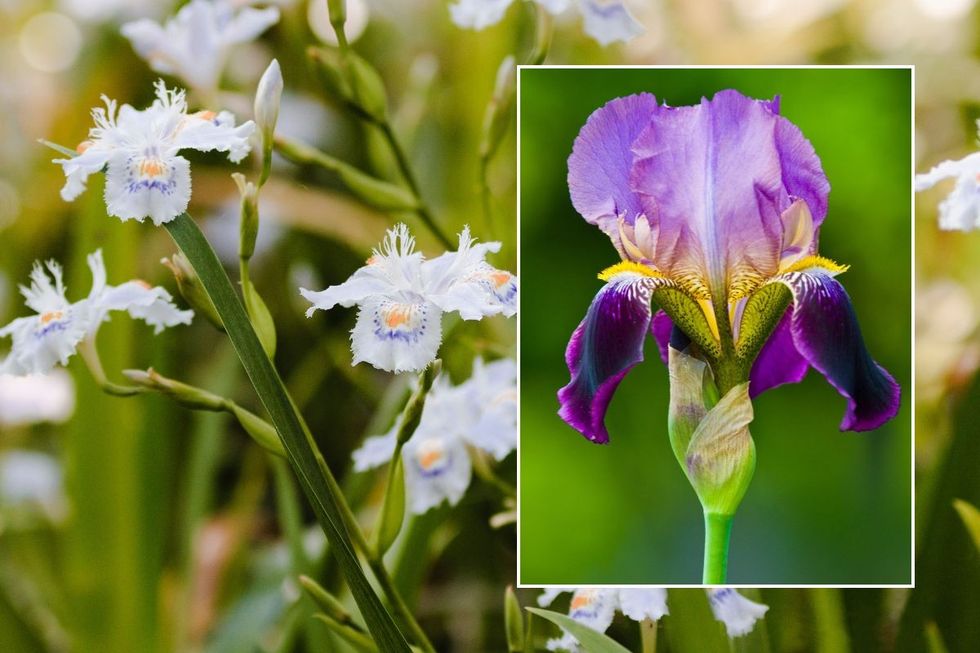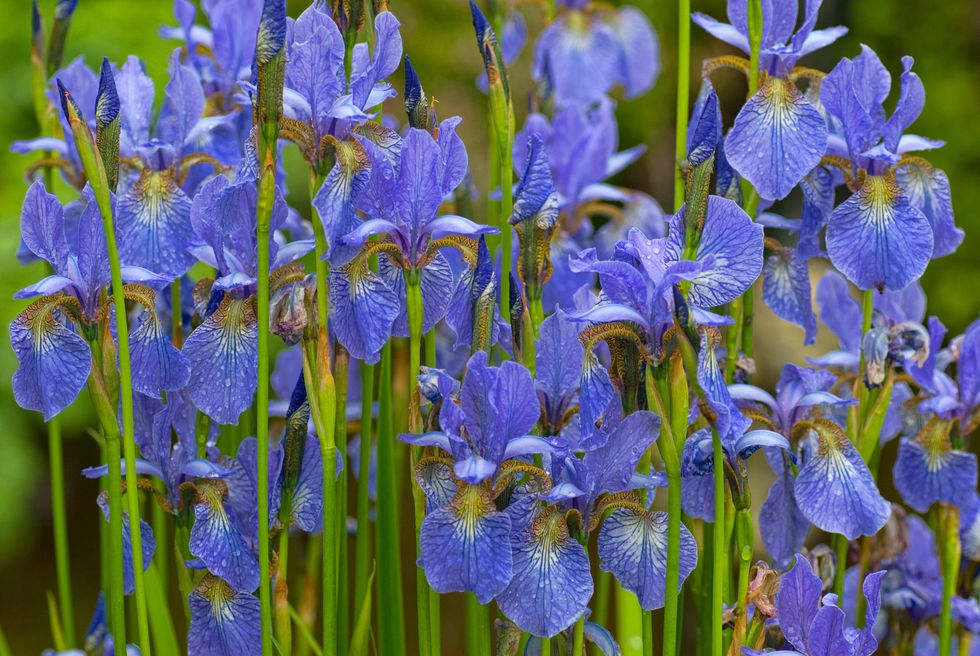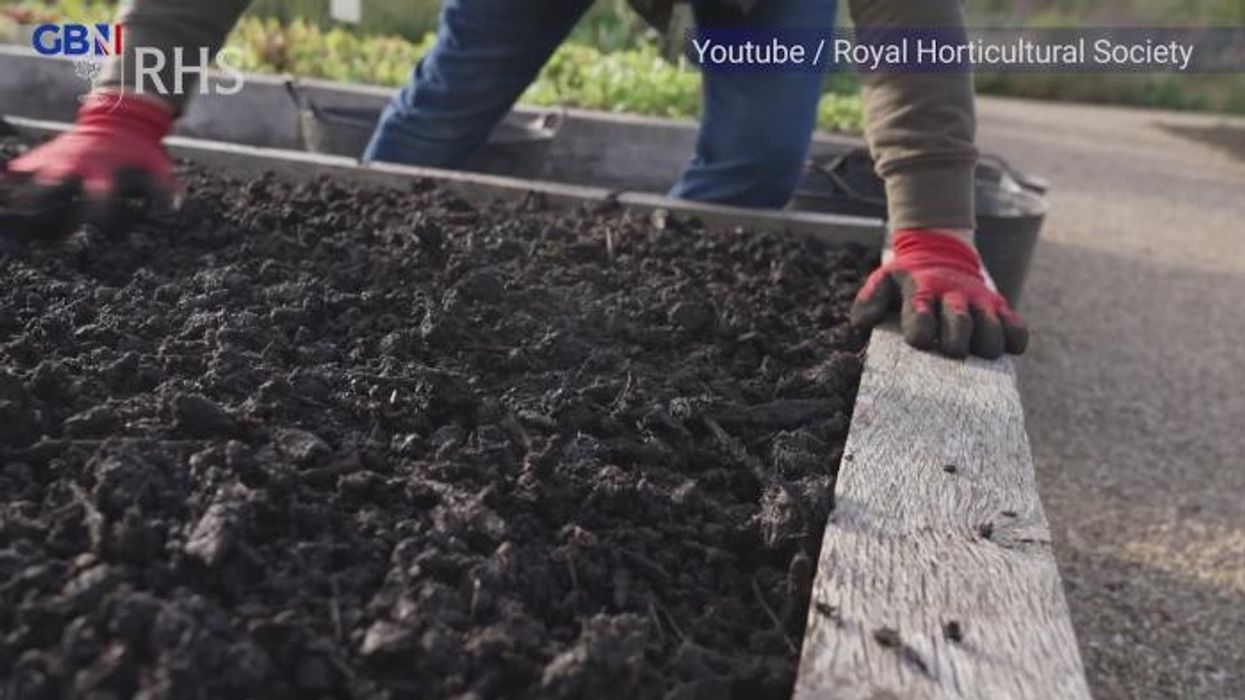Essential gardening task to ensure iris blooms produce more flowers in Summer and Autumn

Irises can produce additional bouts of flowers in Summer and Autumn
Don't Miss
Most Read
Iris flowers are a firm favourite in British gardening circles because they produce showy blooms and a delectable scent.
Irises also attract butterflies and hummingbirds and make lovely cut flowers.
Like other species, they benefit hugely from being trimmed, as congested clumps result in fewer flowers.
Knowing when to cut the flowers is essential, as it needs to be before the bloom starts reproducing seeds.

Iris blooms benefit massively from being trimmed
|GETTY
According to the most experienced gardeners, flowers should have died back naturally before being deadheaded.
As a rule of thumb, the best time to deadhead the flowers is a few days after they have started fading.
This will help them divert energy into producing new seeds and channel the plant's resources into strengthening stems.
Better air circulation around the plant also helps reduce the risk of diseases like botrytis.
“Remove deadheads using shears,” says the Royal Horticultural Society. “This job becomes more important as flowering advances and finally whole spent flower stems can be removed.”
To ensure gardeners don’t miss their window of opportunity, they should regularly inspect the flowers throughout their blooming season.
When is the blooming season of irises?
According to the Old Farmer’s Almanac, the flowering season of the iris stretches from late spring to early summer.
“Some - mostly bearded hybrids - are remontant, meaning they may flower again later in the summer," states the website.
“The blooming period of Siberian irises tends to follow that of the bearded types.”
LATEST DEVELOPMENTS

Iris flowers will bloom in summer and autumn is deadheaded
|GETTY
Naturally, blooming periods differ from species to species, with irises generally split into two groups.
Experts at Garden Design note that “dwarf varieties tend to bloom earlier in spring, with intermediate sizes blooming late in spring and summer".
They add: “Reblooming varieties will produce flowers once in summer and again in fall."
With some luck and perfect conditions, gardeners can enjoy blooms into the early stages of winter.











